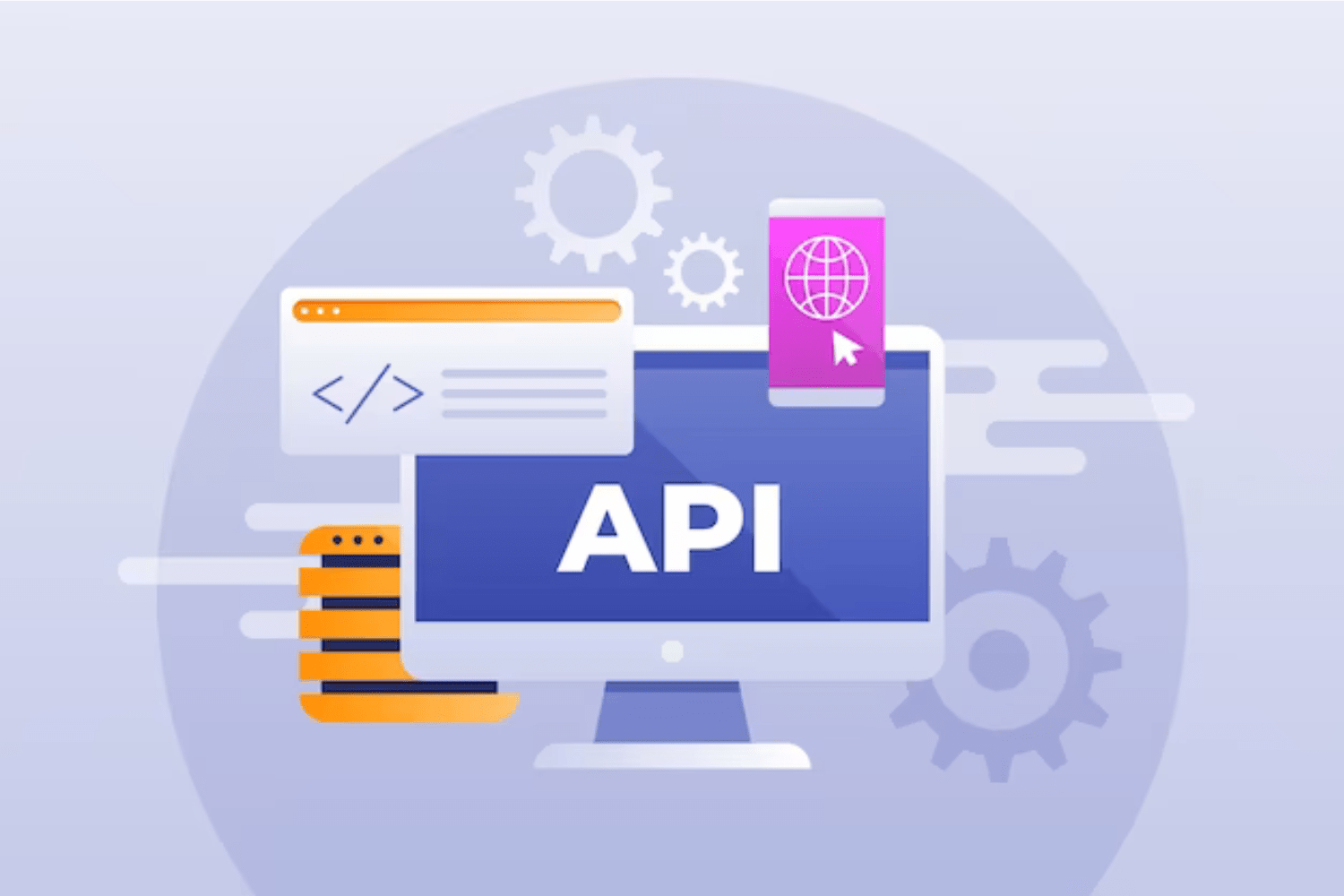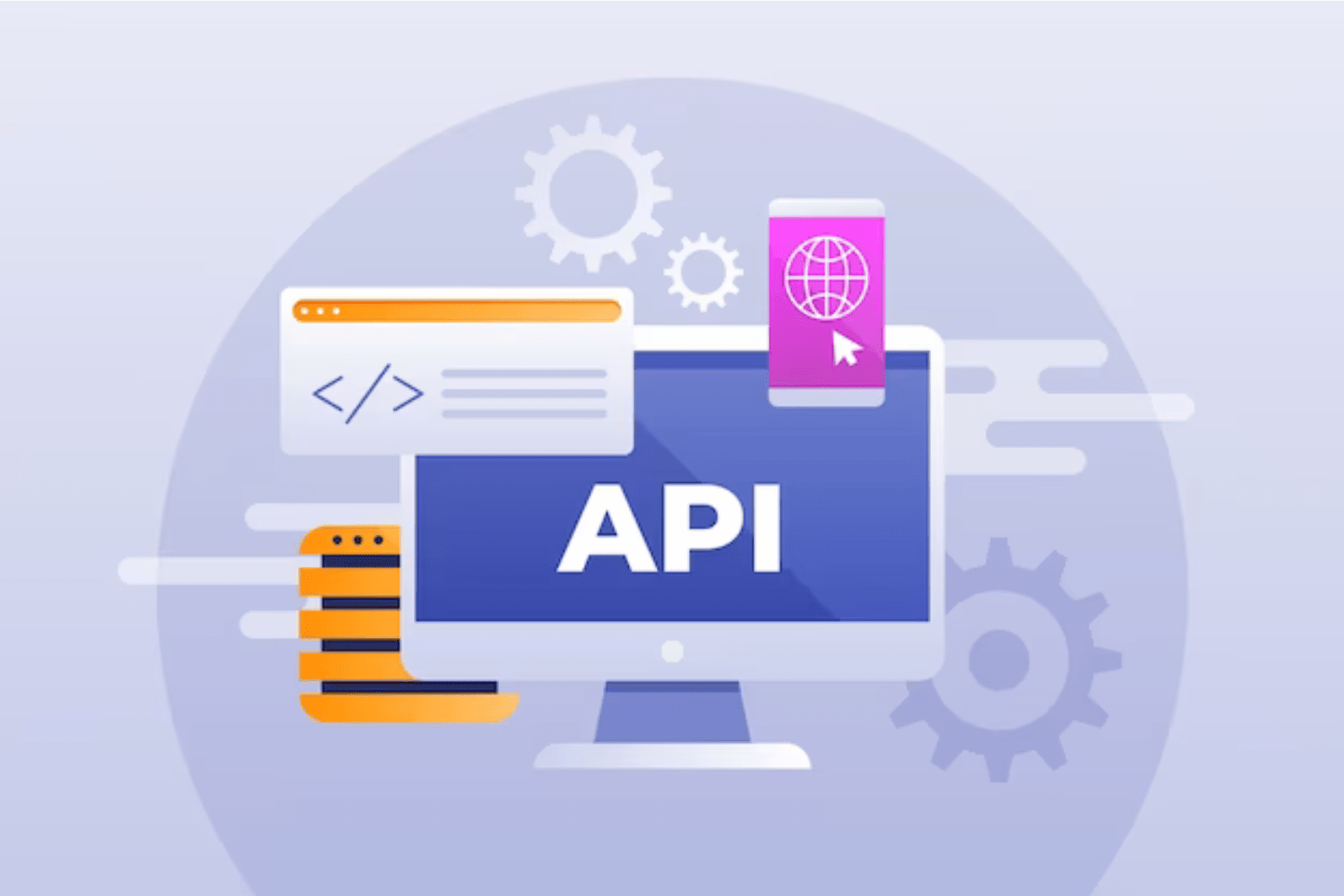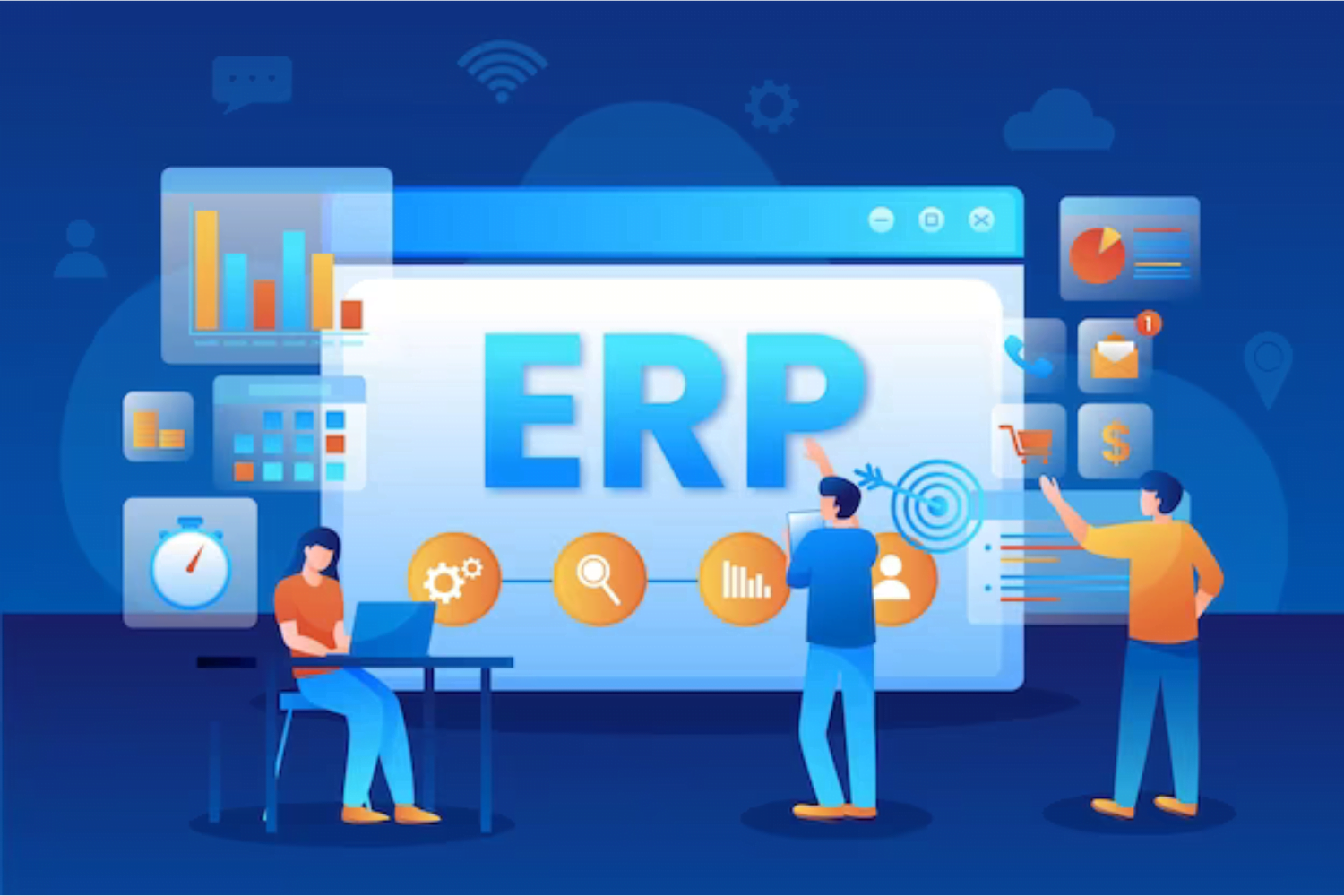
API (Application Programming Interface) integration and development
Integration and development of APIs (Application Programming Interfaces) refer to the process of integrating various software programs and enabling data sharing and communication across them. This enables seamless information and functional exchange between various systems. Here are some crucial elements of developing and integrating APIs.
API Integration and Development
1. Integration of Third-Party APIs
- Purpose : Incorporate external services, platforms, or software components into an existing application to extend its functionality or leverage existing resources.
- Activities :
- Identify compatible third-party APIs for the desired functionality (e.g., payment gateways, social media platforms, mapping services).
- Obtain necessary API keys or credentials for authentication.
- Integrate the API by making requests to the external service, handling responses, and processing data.
2. Development of Custom APIs
- Purpose : Create APIs to expose specific functionalities or data from an application for use by other systems or applications.
- Activities :
- Design the API endpoints, request/response formats, and authentication mechanisms.
- Implement the API logic on the server-side, which includes processing requests, interacting with databases, and generating responses.
- Document the API, providing clear instructions for how to use it.
3. RESTful APIs vs. SOAP APIs
- RESTful APIs :
- Representational State Transfer (REST) is an architectural style for designing networked applications.
- RESTful APIs use standard HTTP methods (GET, POST, PUT, DELETE) and adhere to stateless communication.
- They are lightweight, easy to implement, and widely used for web services.
- SOAP APIs:
- Simple Object Access Protocol (SOAP) is a protocol for exchanging structured information in web services.
- SOAP APIs use XML-based messaging and can be more robust in handling complex transactions.
- They tend to be heavier and more rigid than RESTful APIs.
4. API Versioning
- Purpose : Manage changes to the API while maintaining backward compatibility for existing clients.
- Activities :
- Implement version numbers in API endpoints (e.g., /v1/resource).
- Define clear versioning policies, including how long older versions will be supported.
5. Authentication and Authorization
- Purpose : Ensure secure access to APIs by validating the identity of clients and controlling their permissions.
- Activities :
- Implement authentication mechanisms such as API keys, OAuth, or JWT (JSON Web Tokens).
- Define roles and permissions to restrict access to certain API endpoints or functionalities.
6. API Documentation:
- Purpose : Provide clear and comprehensive documentation for developers to understand and effectively use the API.
- Activities :
- Create detailed documentation that includes endpoint descriptions, request/response examples, required parameters, and error handling.
- Provide sample code and tutorials to assist developers in integrating with the API.
7. Error Handling and Logging
- Purpose : Ensure robustness and reliability by implementing proper error handling and logging mechanisms.
- Activities :
- Define standardized error codes and messages for different scenarios.
- Log API requests, responses, and errors for troubleshooting and analysis.












